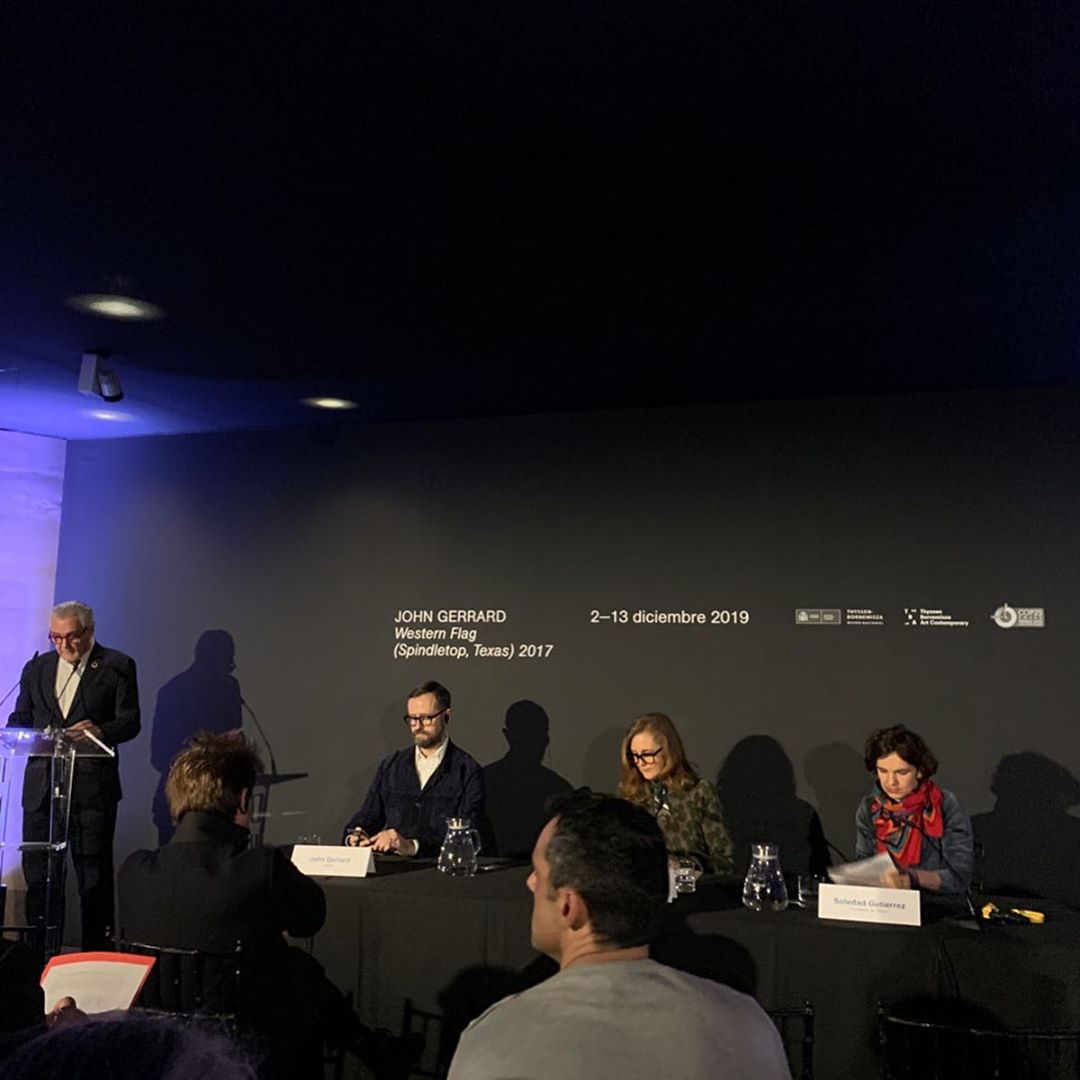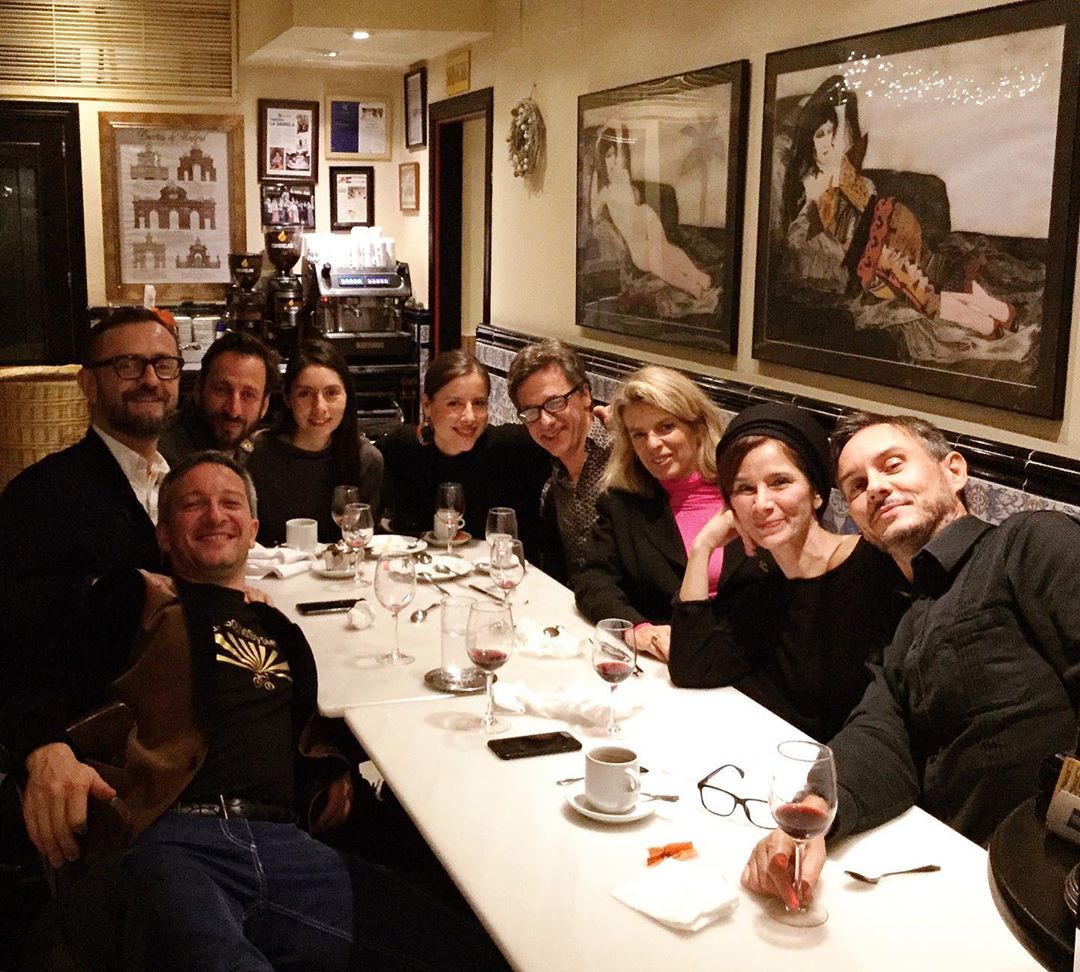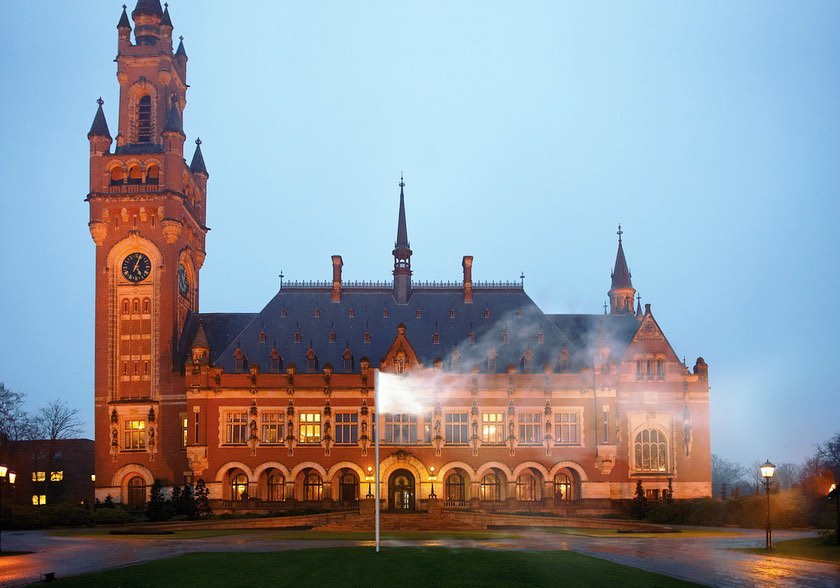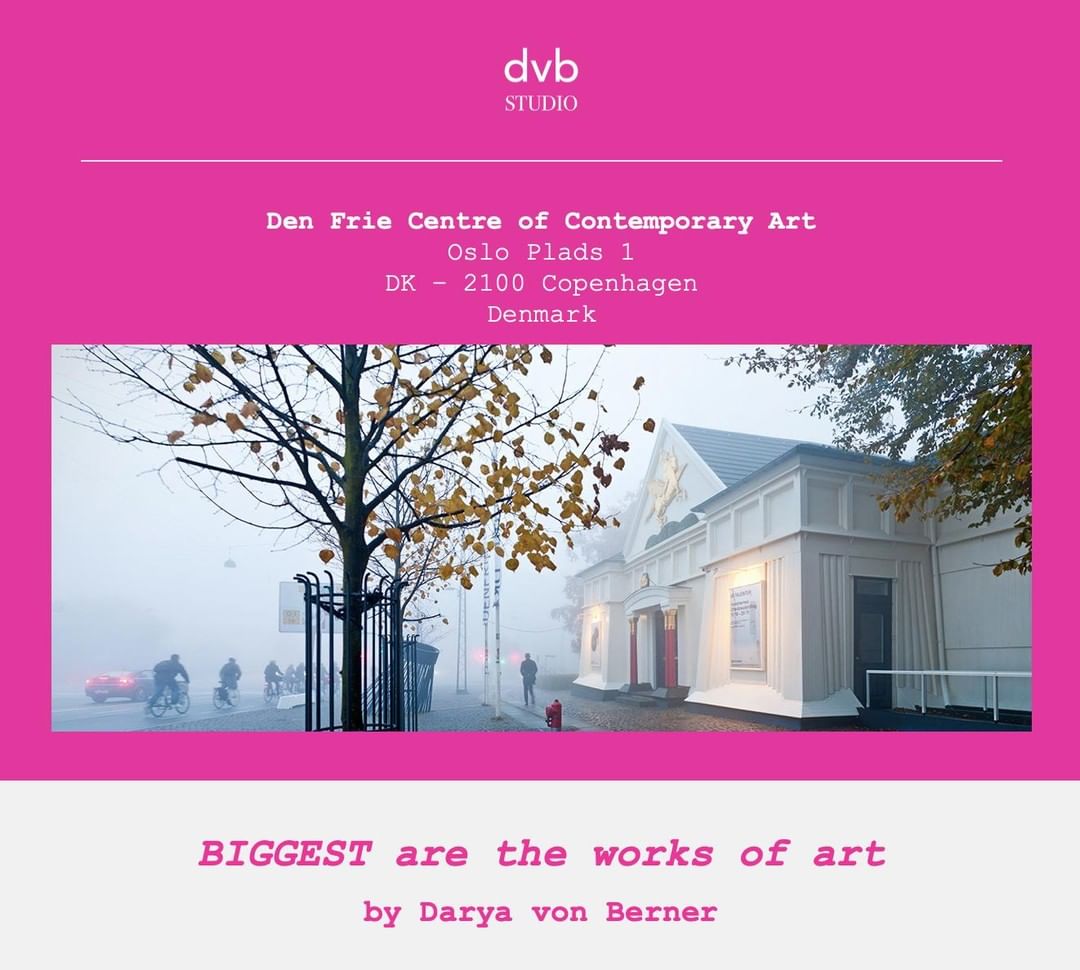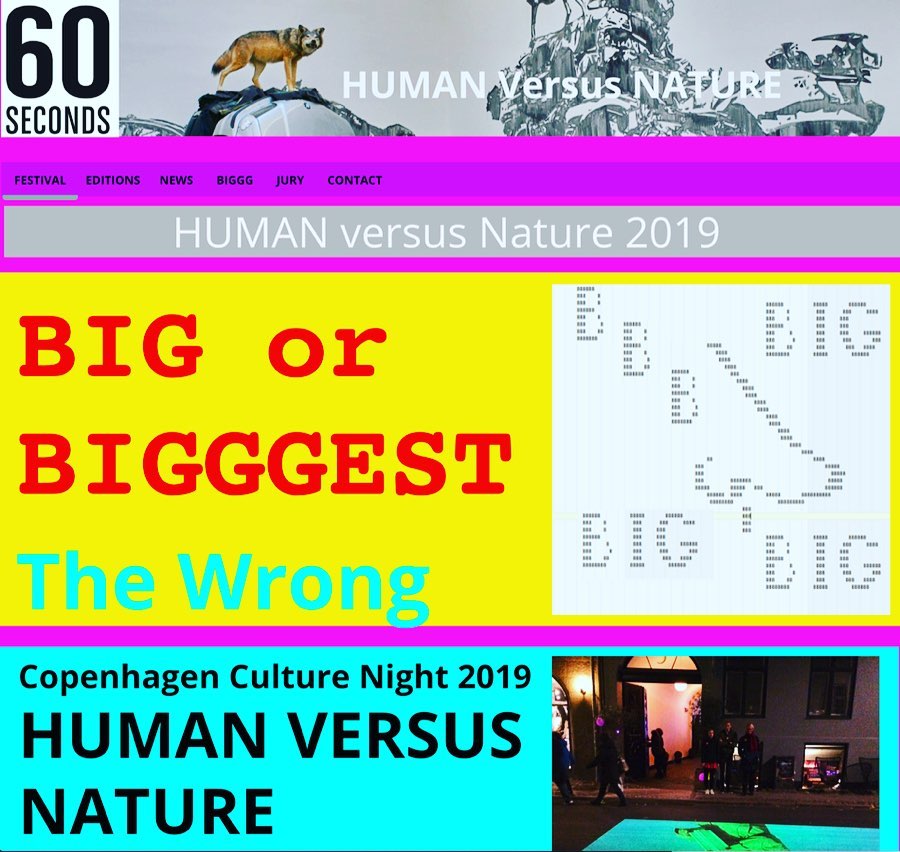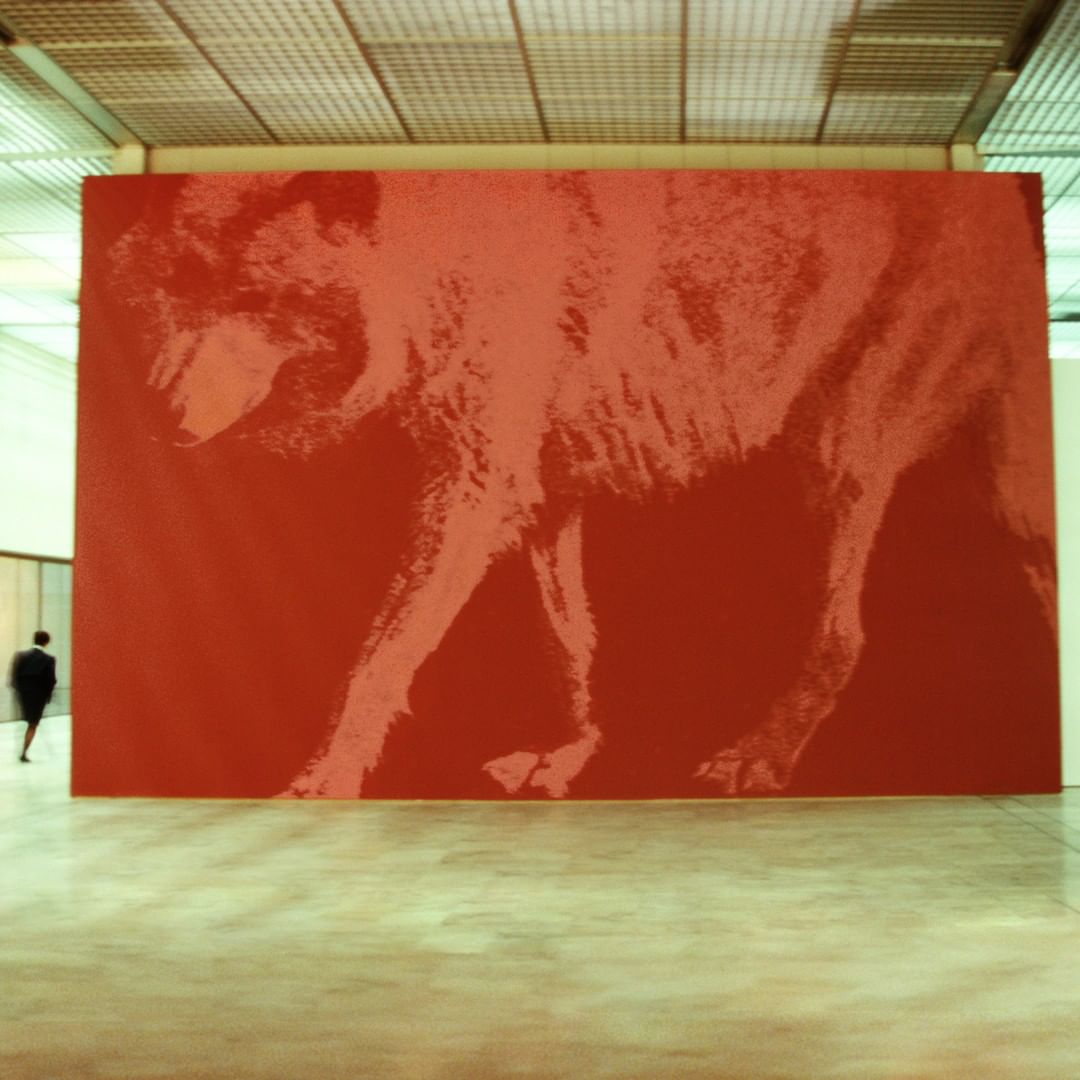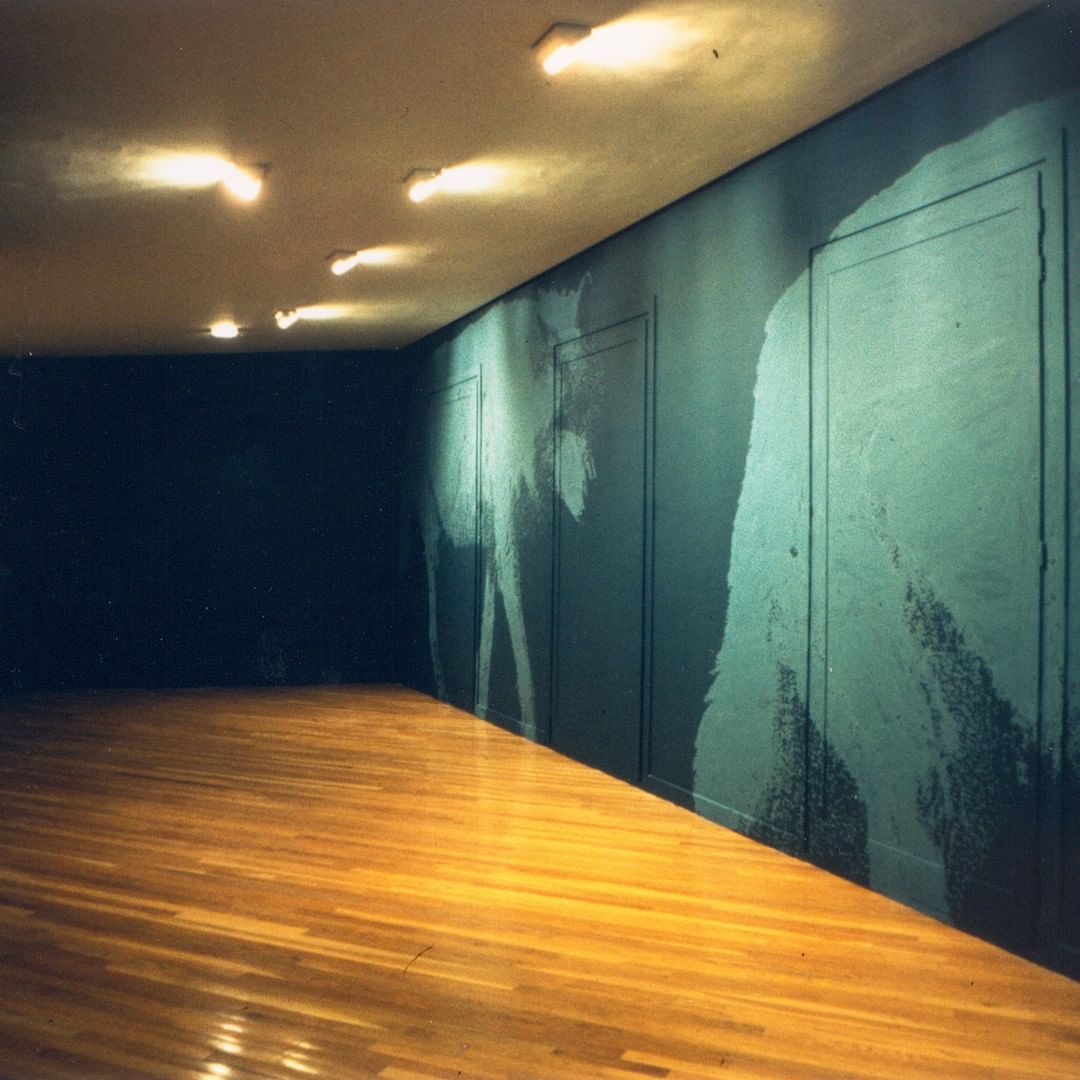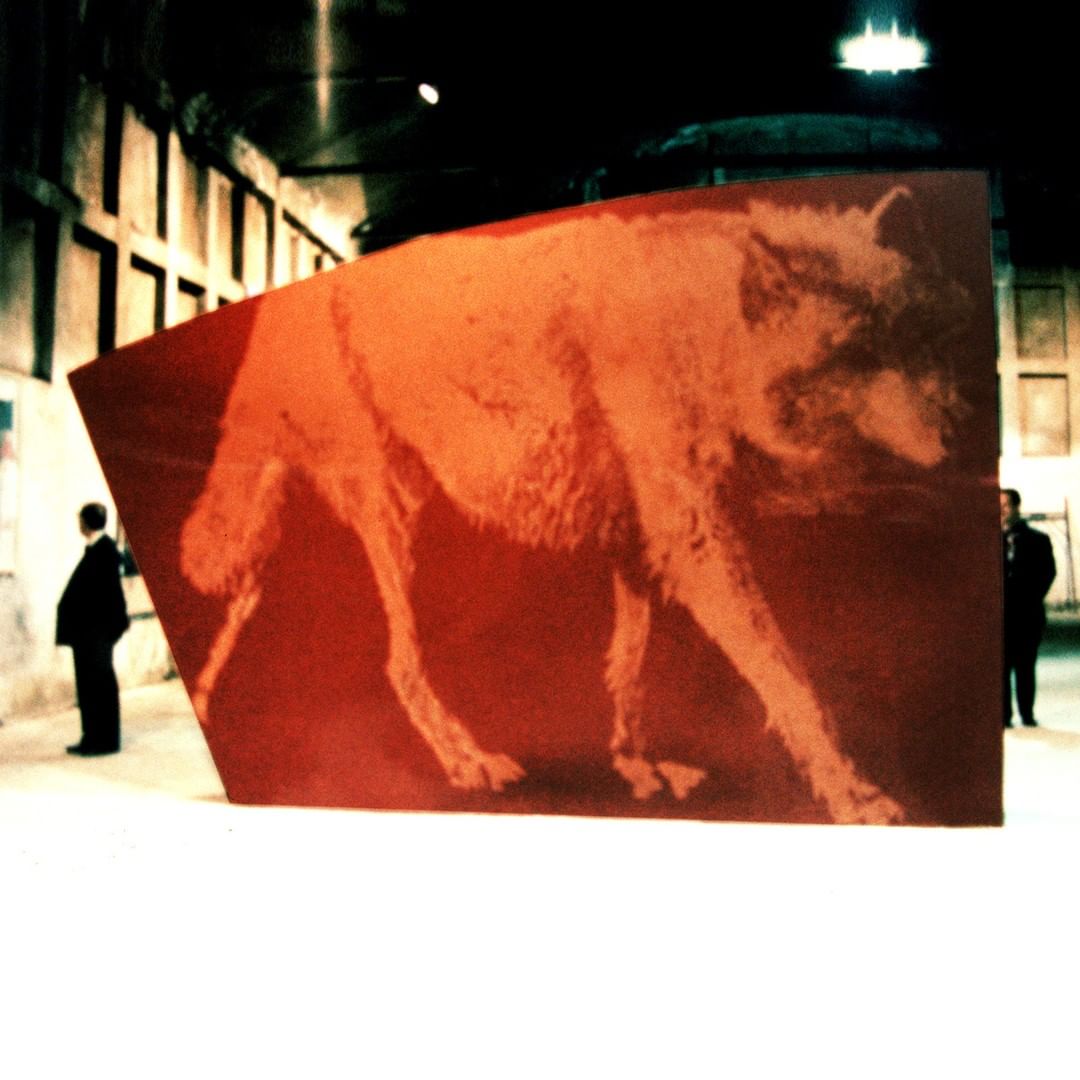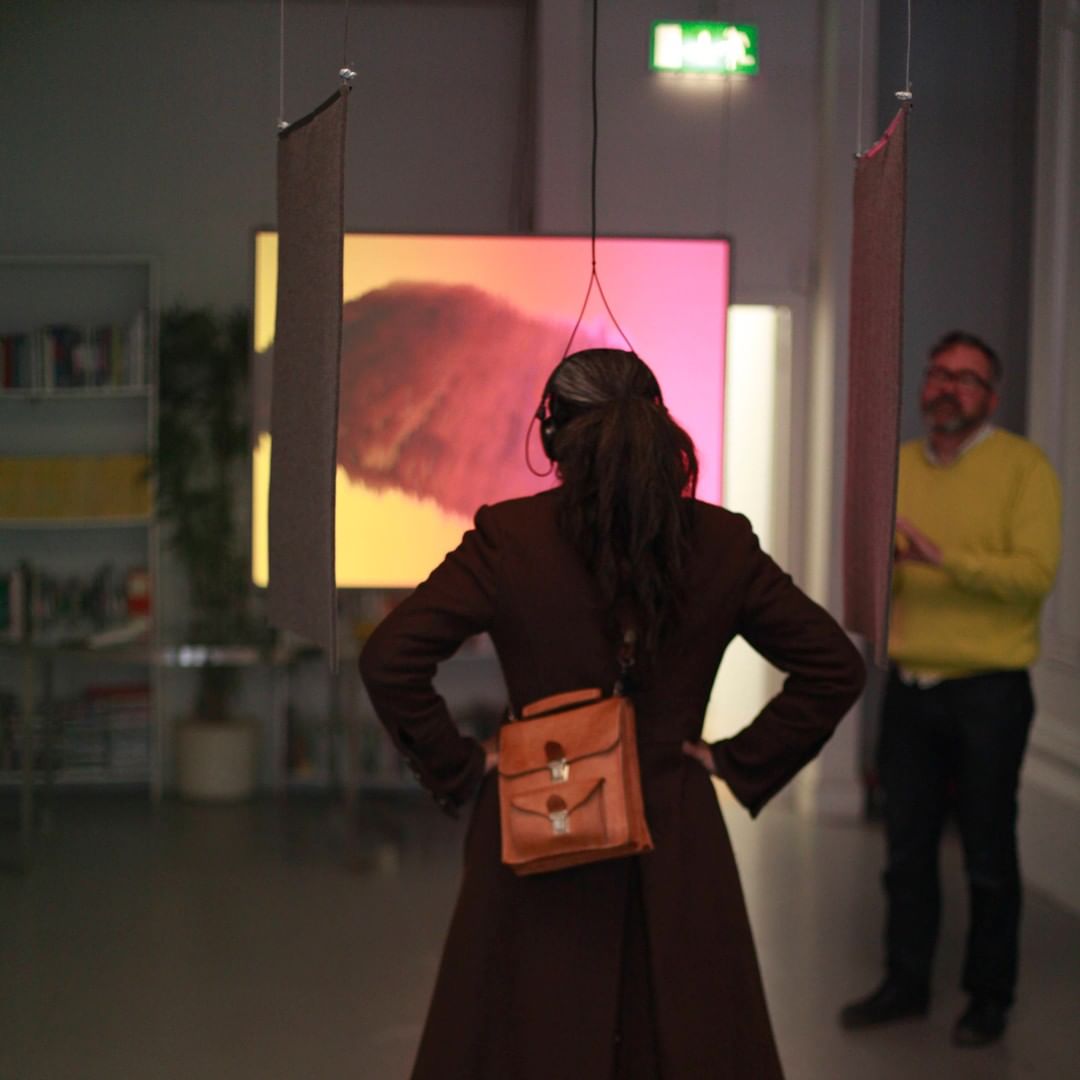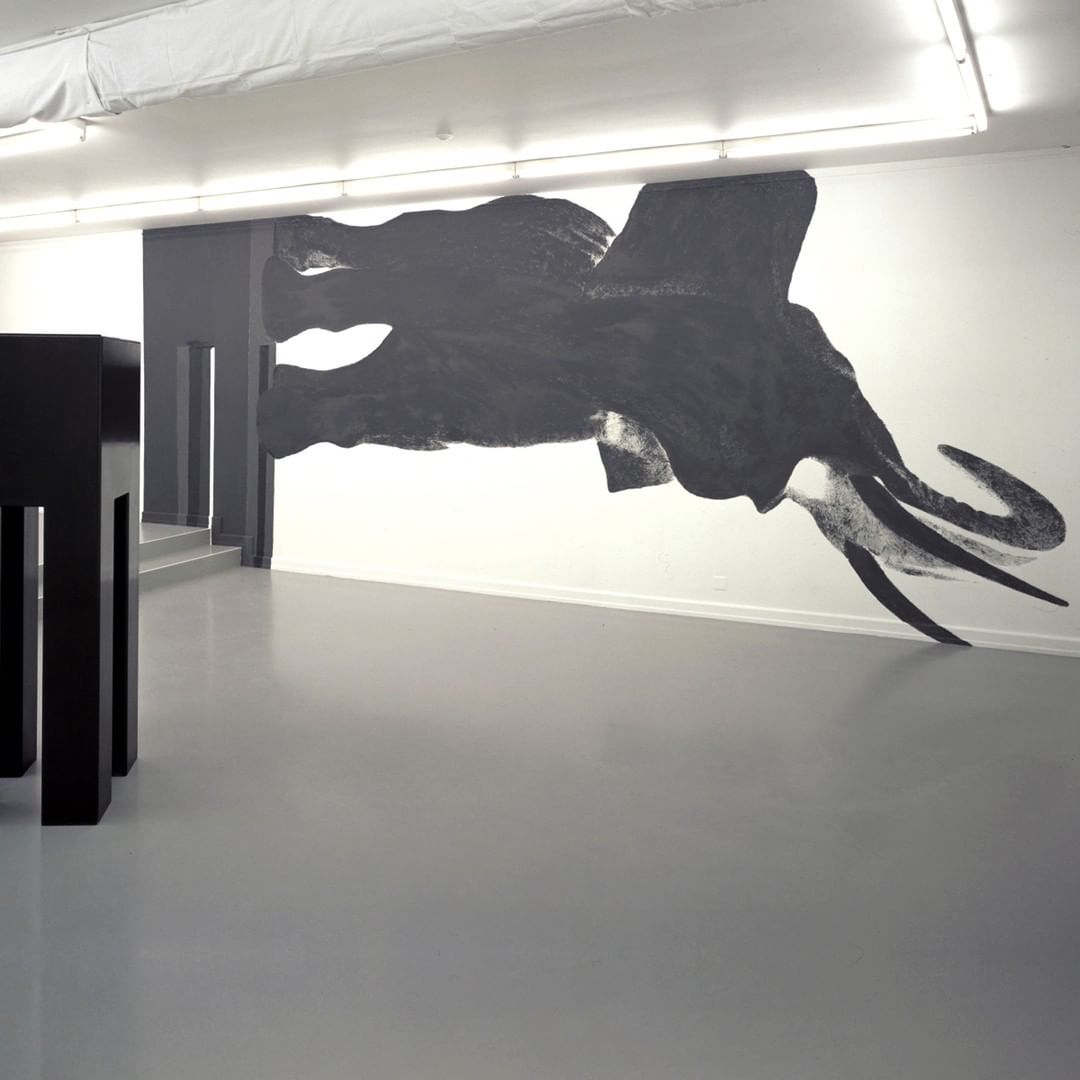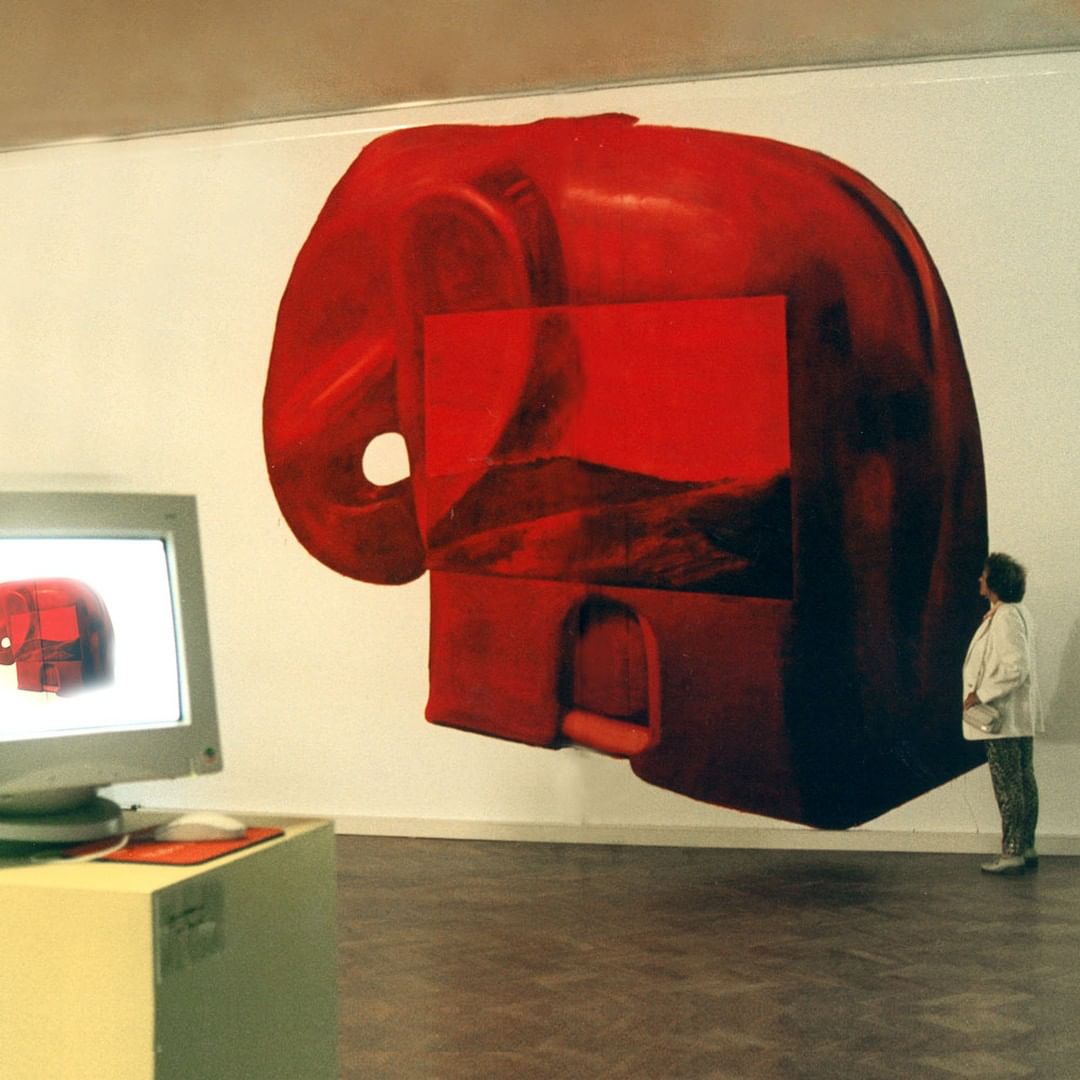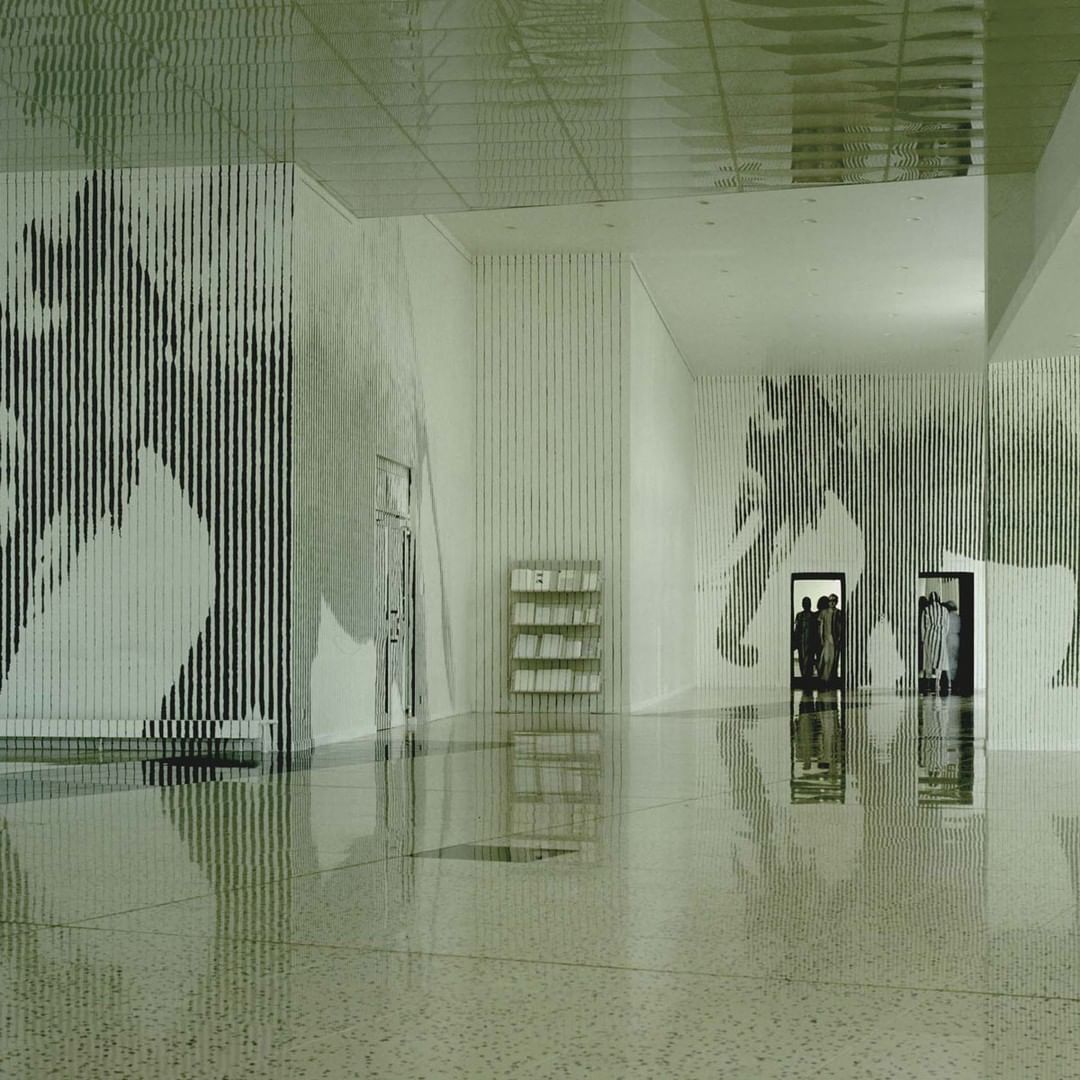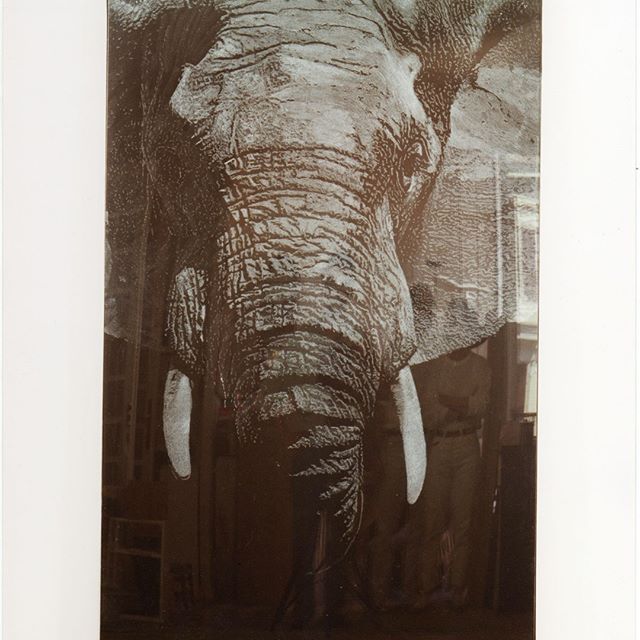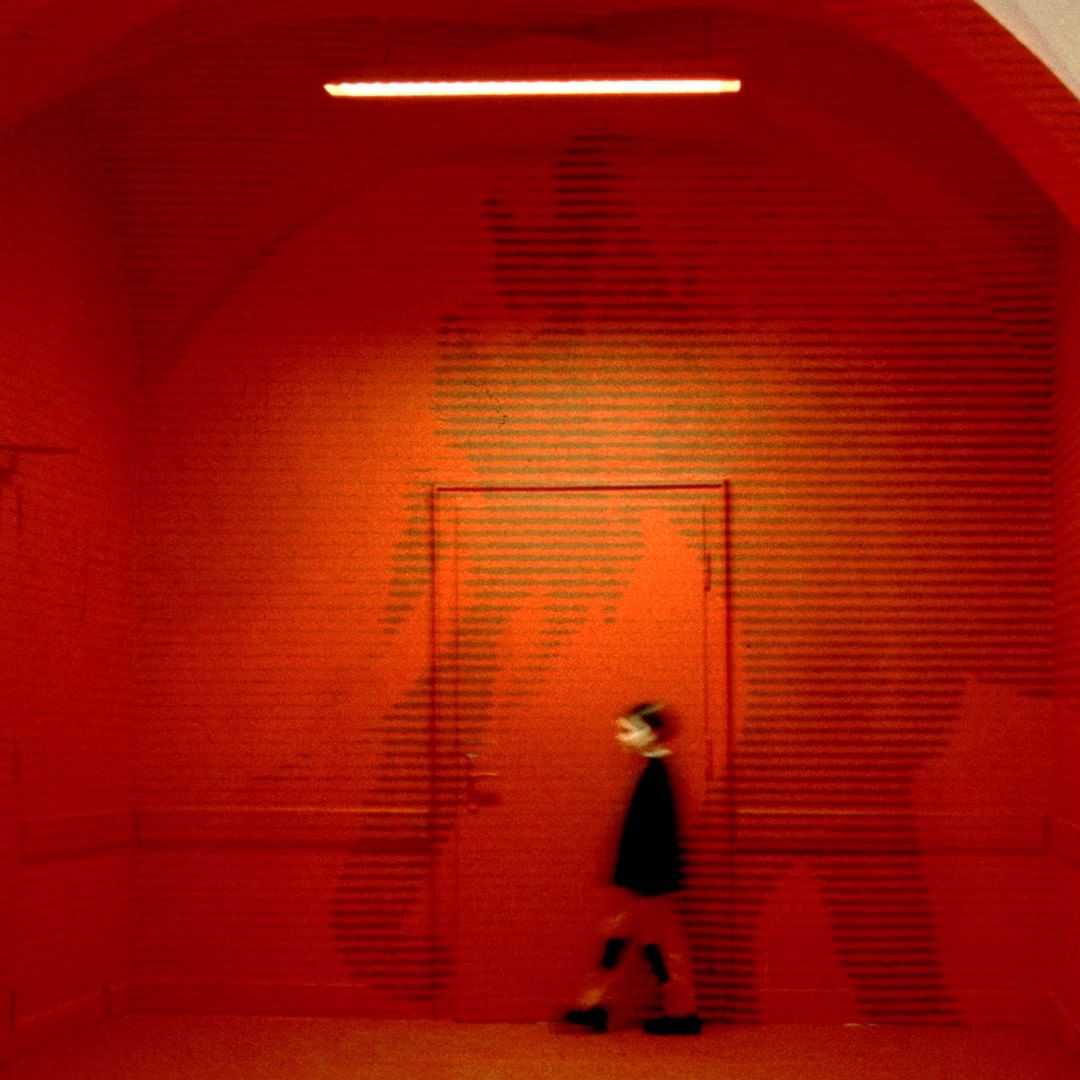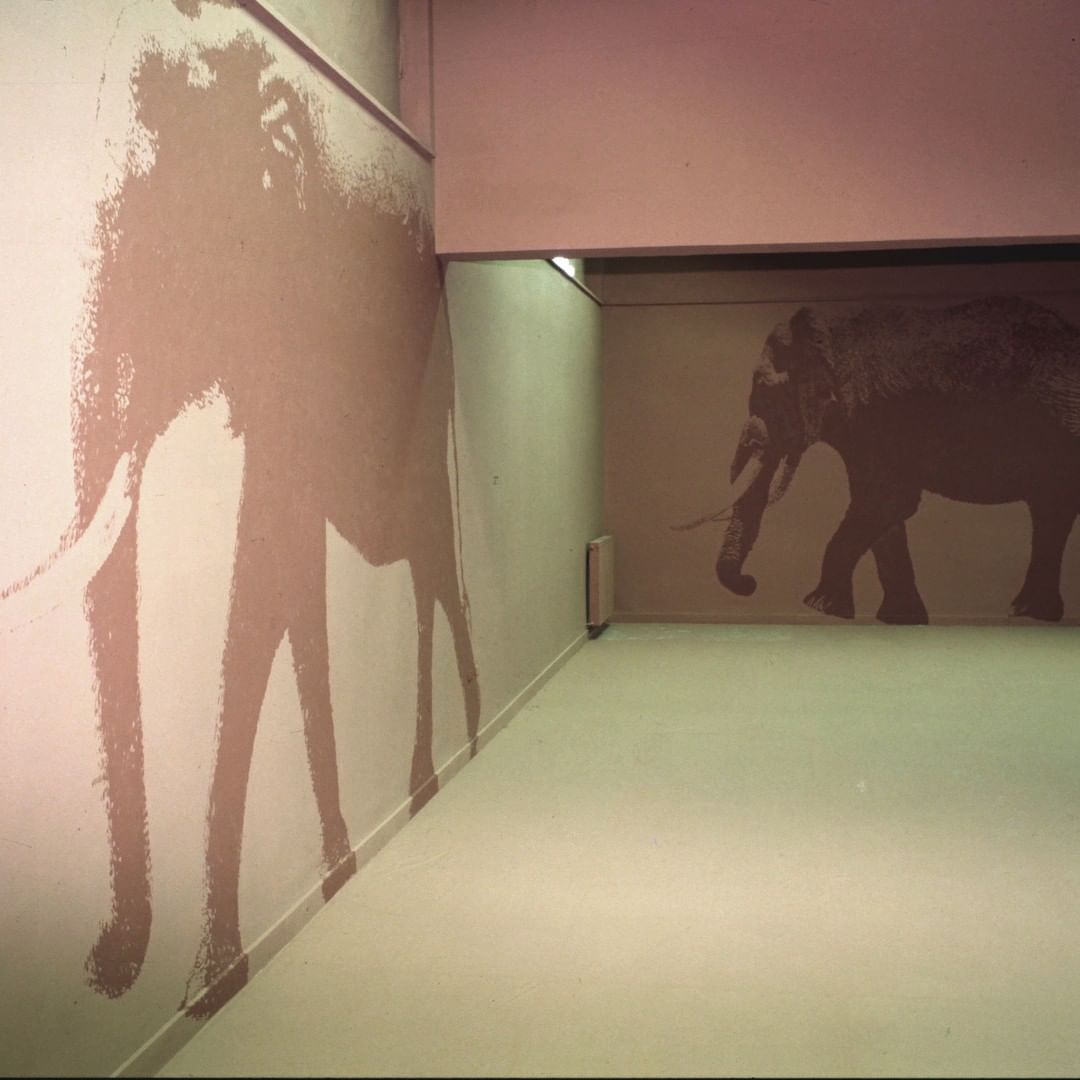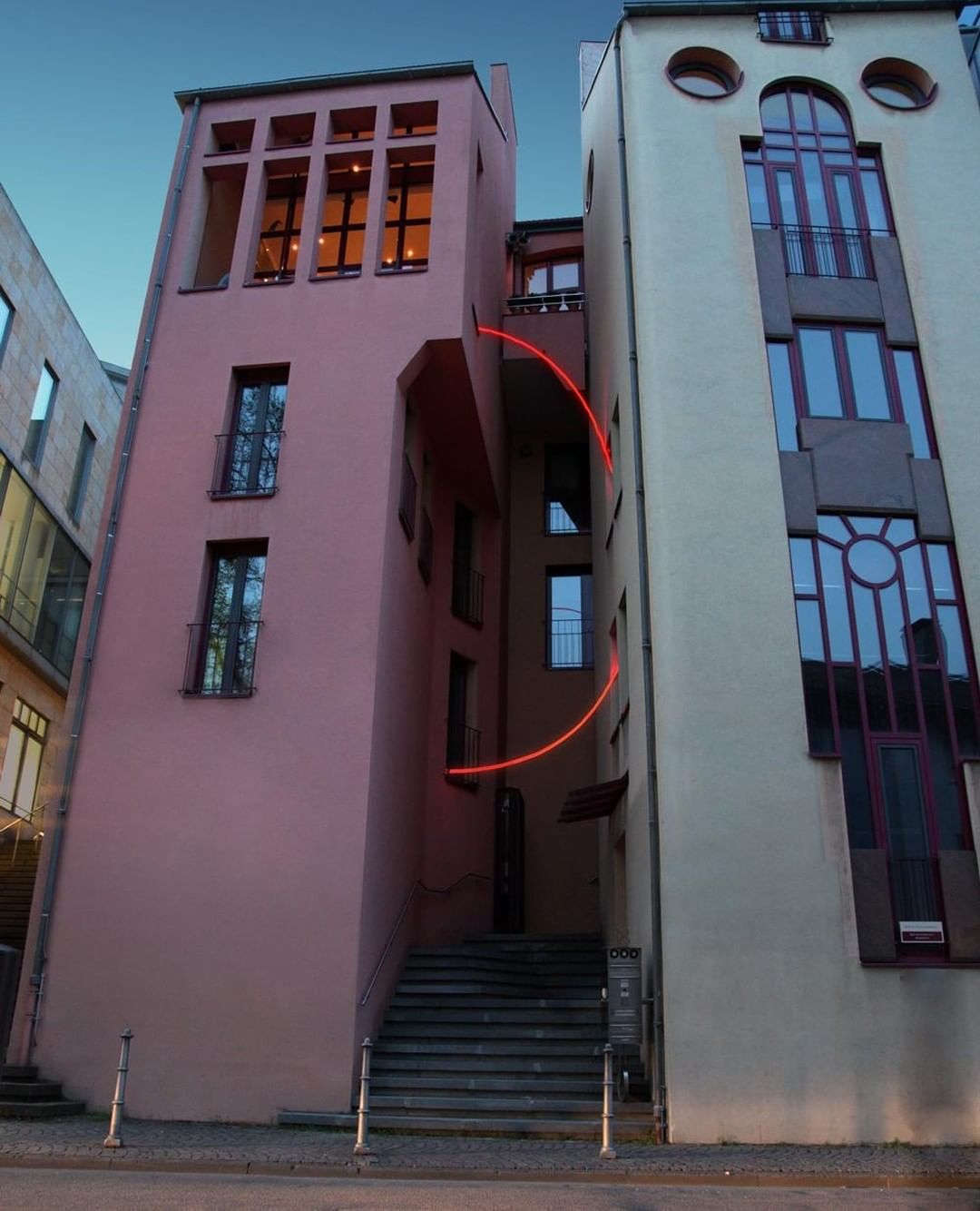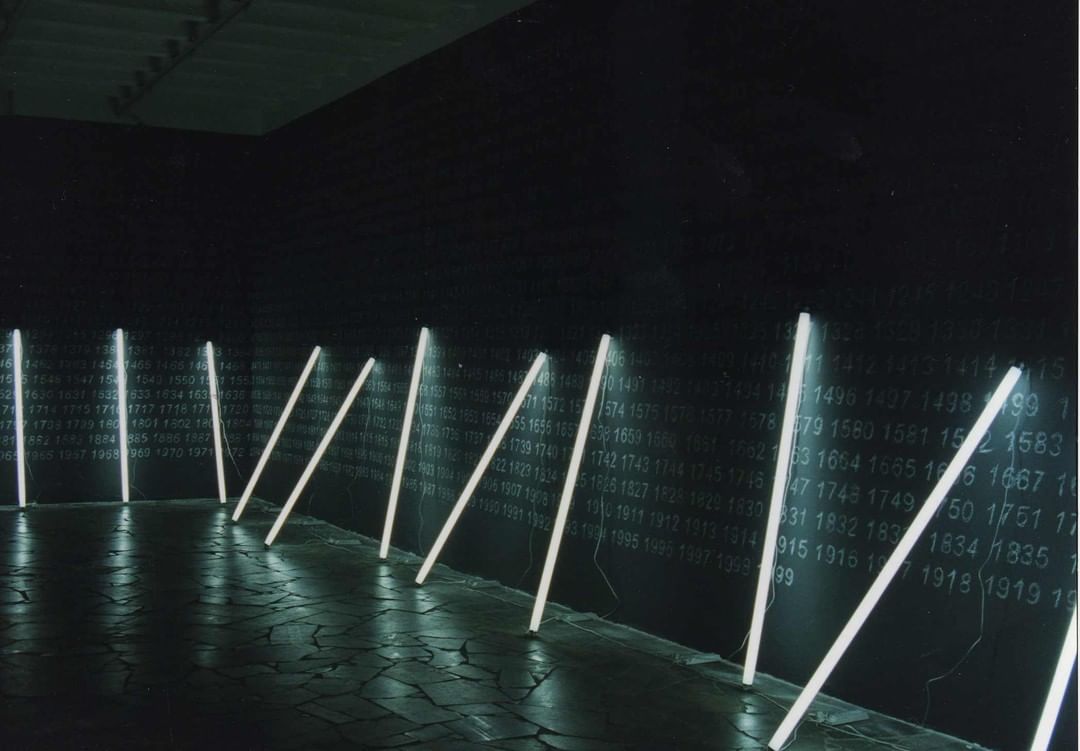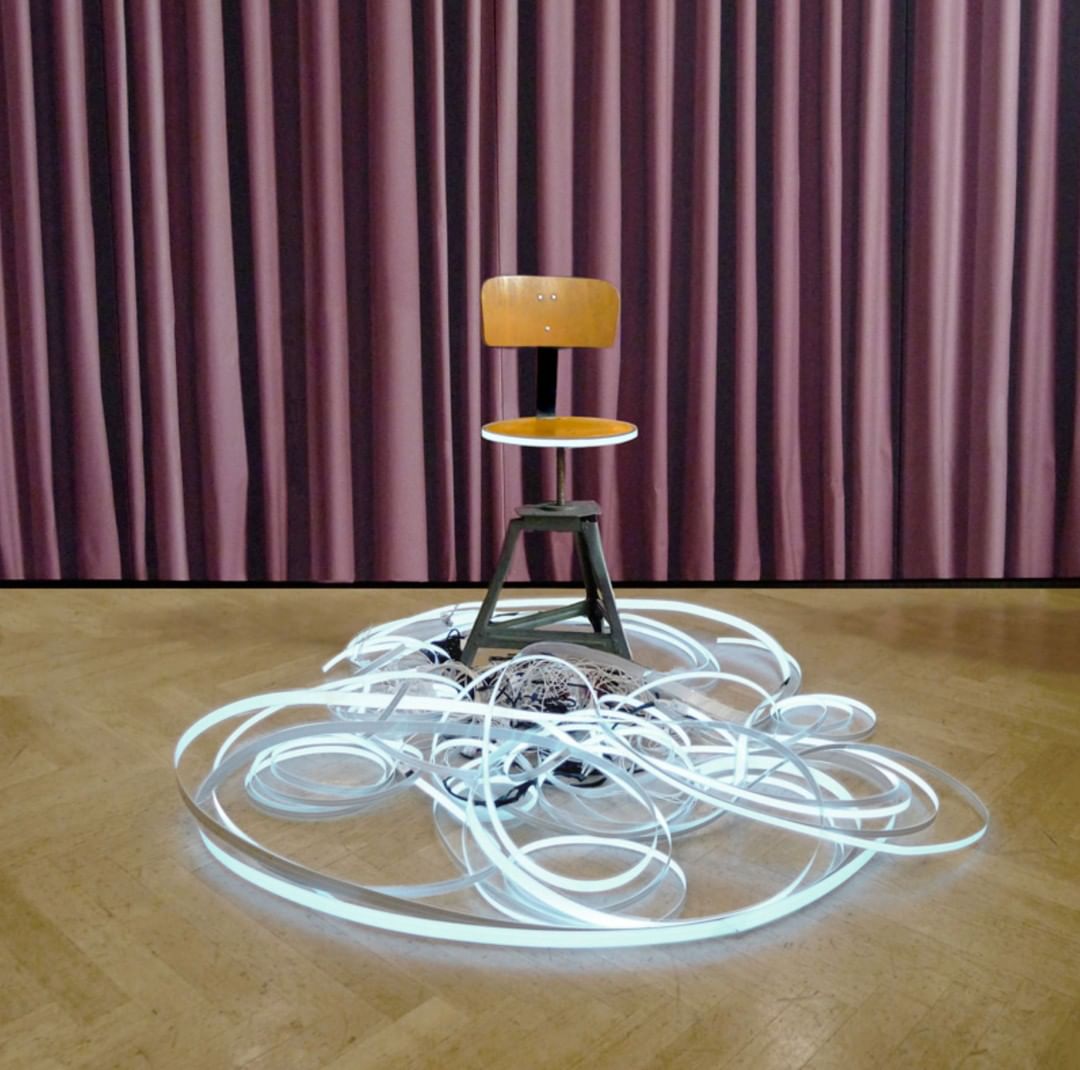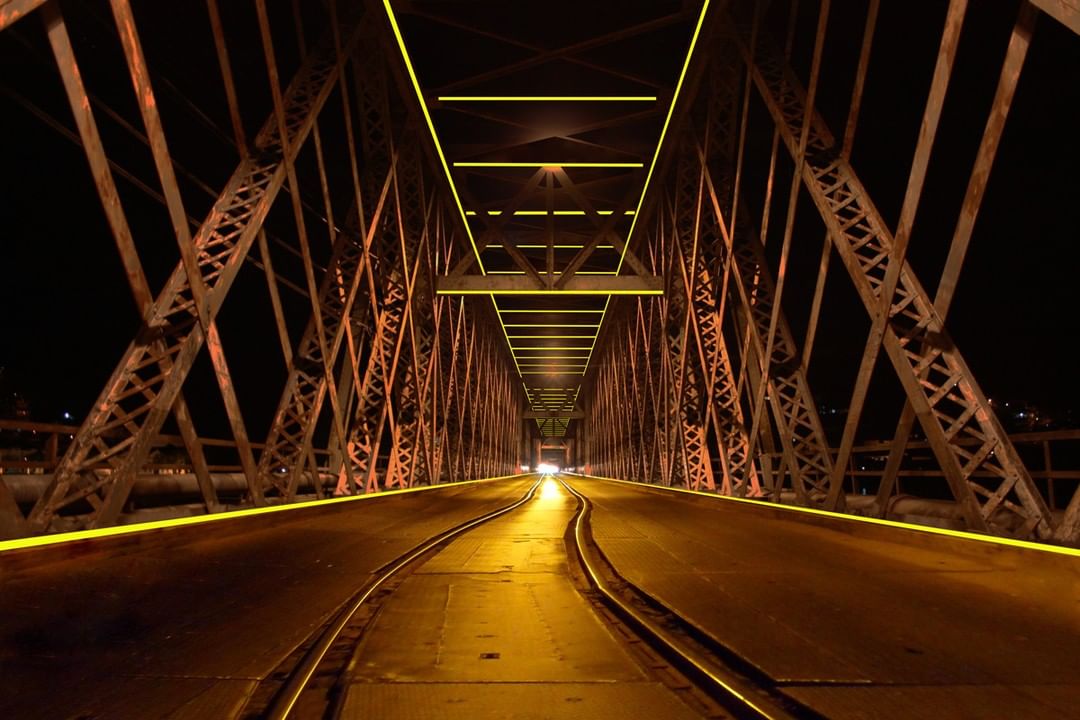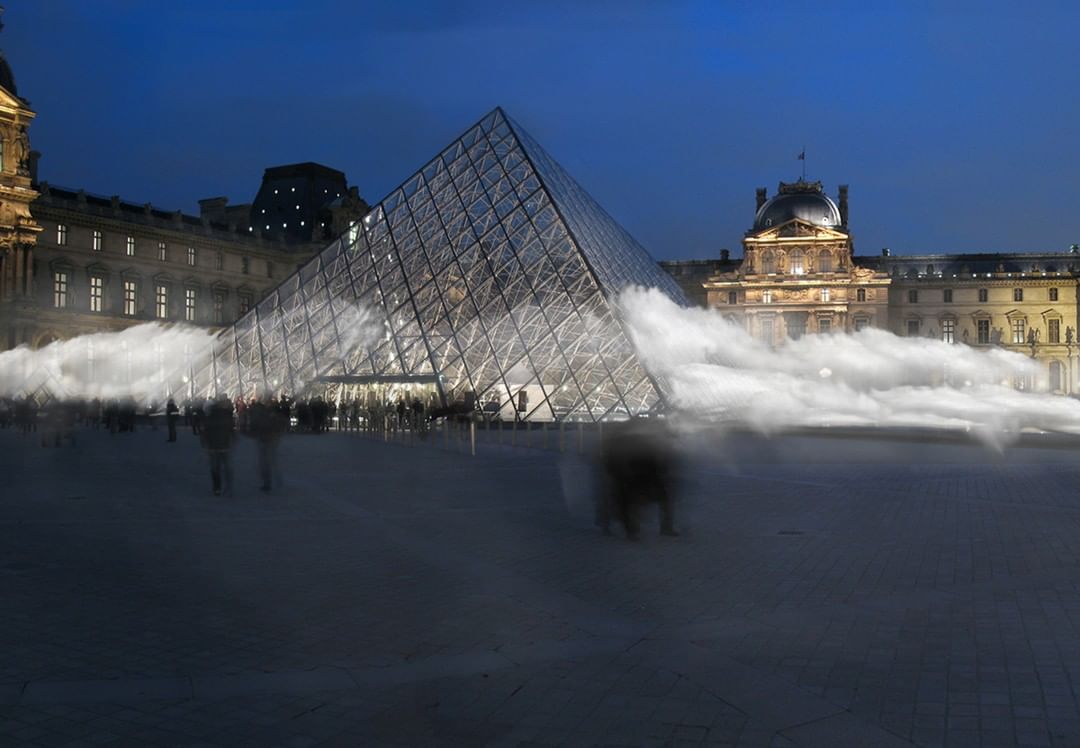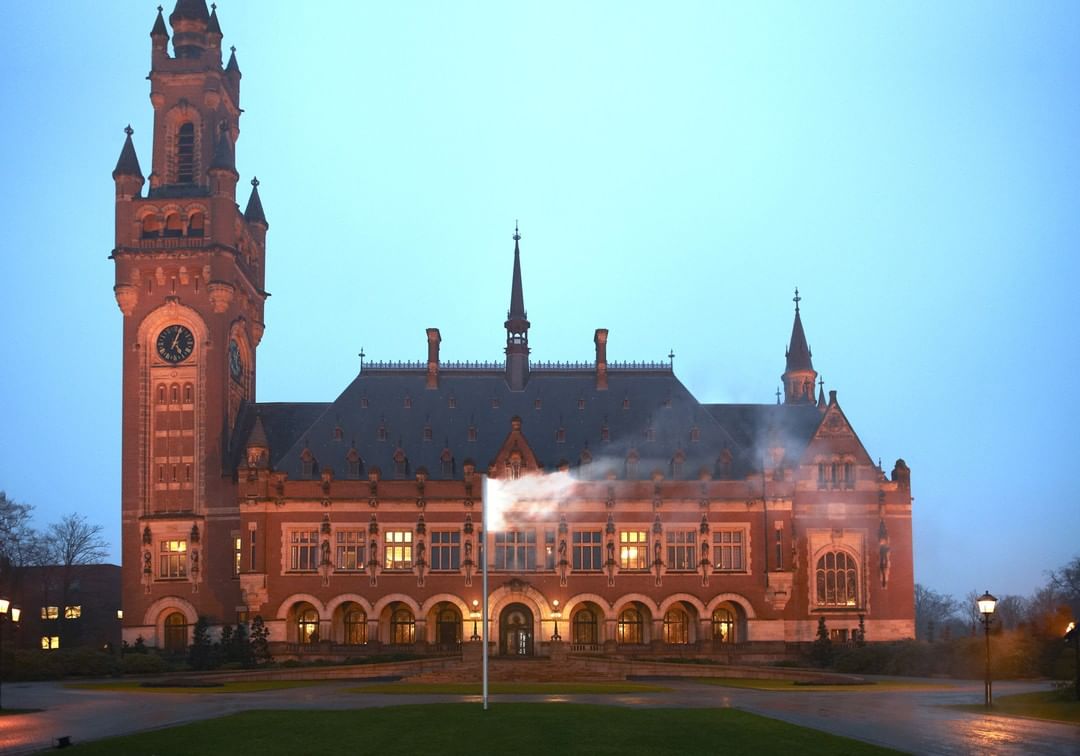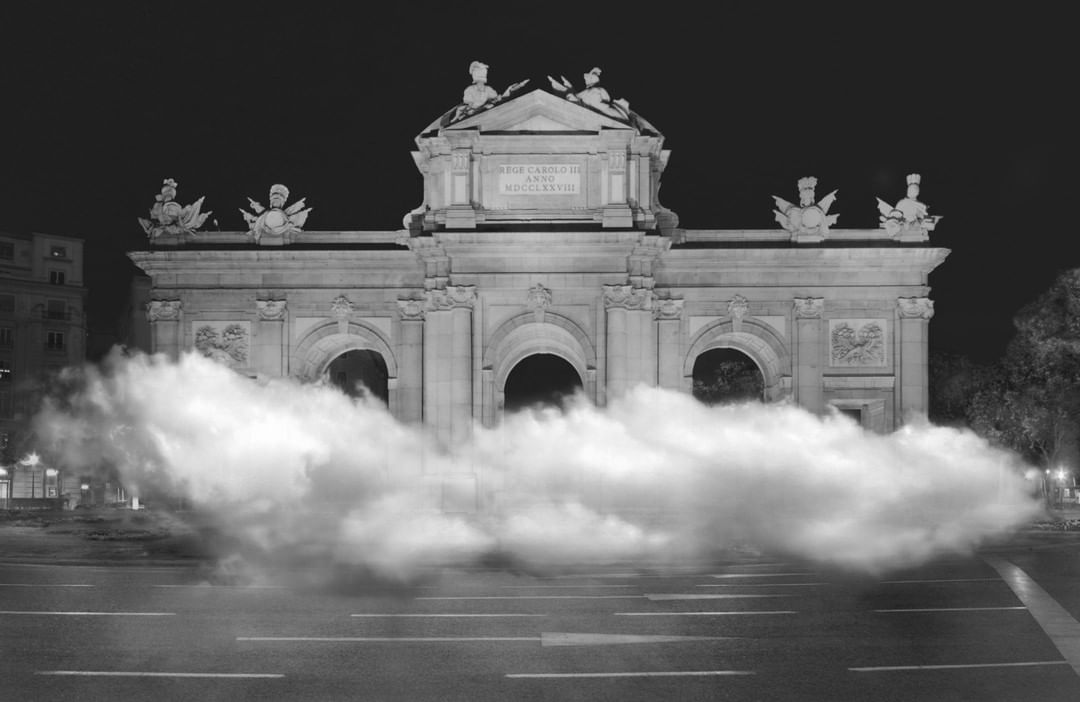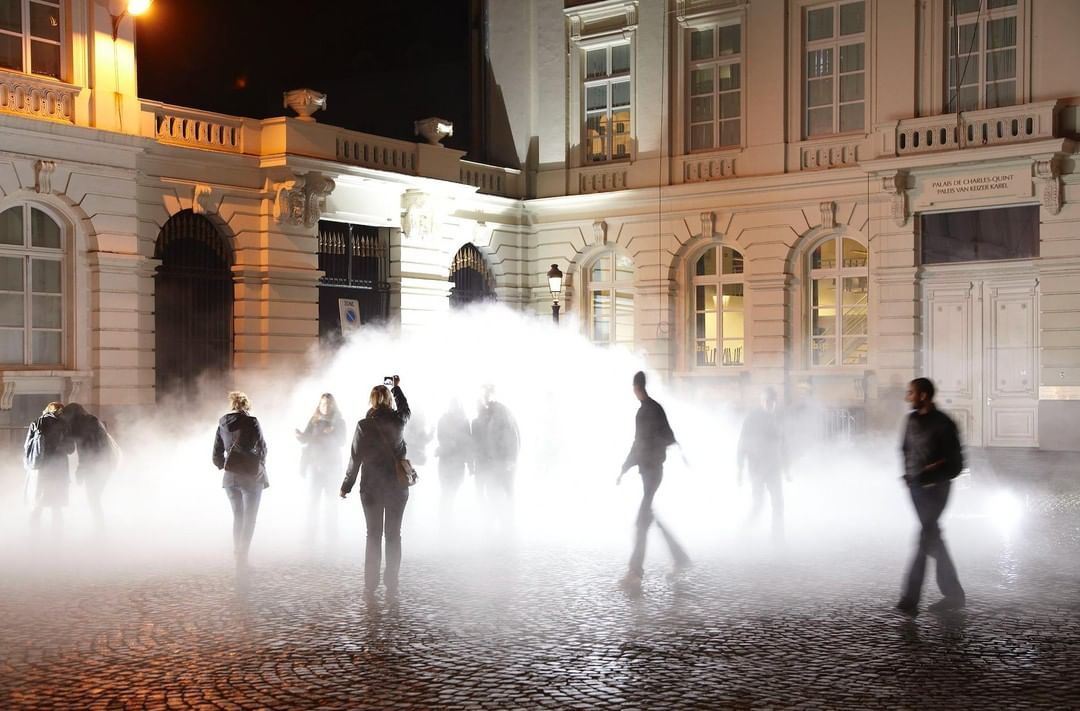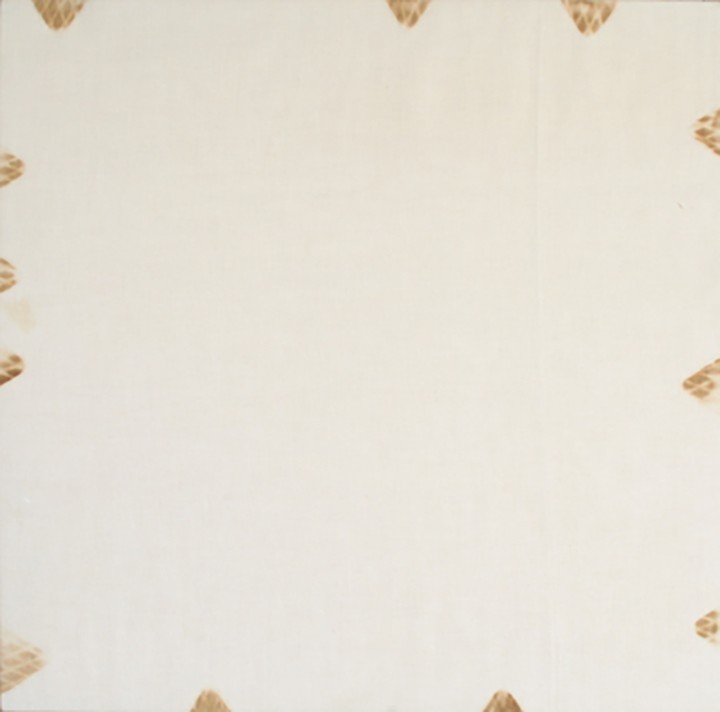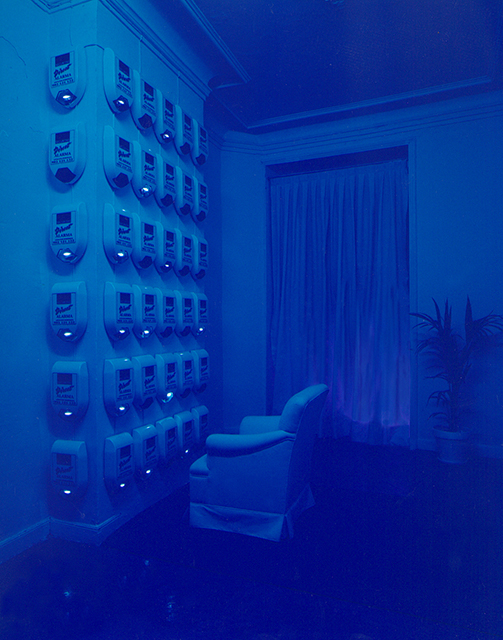
¿Que piensas de la súper-seguridad que busca el ciudadano, en relación con el
knock out que la naturaleza nos ha dado con la pandemia?
En la arquitectura moderna del período de entreguerras, Le Corbusier diseñó la chaise long B 306 /LC4 (La Machine à repos) en la que se inspira la obra Not merely with him, mientras concebía el plan Voisin, consistente en construir 24 rascacielos de estructura de acero, para alojar entre 500 000 y 700 000 personas. El plan era destruir todo
el barrio del Marais, dejando en pie sólo algún monumento histórico como el Museo del Louvre,justificando la violencia en la necesidad de modernizar el viejo París “obtuso, cerrado, y sofocante”, para arrancarlo de las “adicciones seculares” y reconstruirlo como una “ciudad industrial lineal” para
introducir la circulación de automóviles en el centro y salvar con todo esto a la población parisina, de la agresión de las enfermedades y plagas de sus viejos barrios insalubres.
Not merely with him escenifica una percepción alterada del deseo y de nuestra intersubjetividad donde la violencia se confunde con la agresividad. No somos culpables del miedo, el miedo se encarna. El cuerpo social no es una metáfora, es una forma de hablar de la somatización del estado de alarma.
Uno de los aspectos que ha mostrado la pandemia es que otro mundo es posible. Las calles vacías, los negocios cerrados muestran un mundo insólito, inesperado, a partir del cual se puede esperar un futuro distinto al que ha quedado definitivamente atrás.









